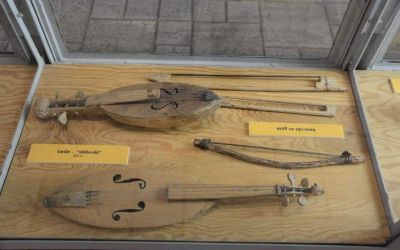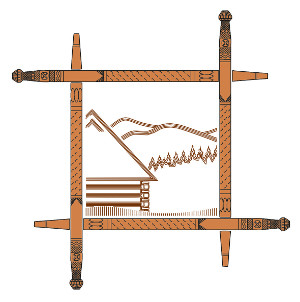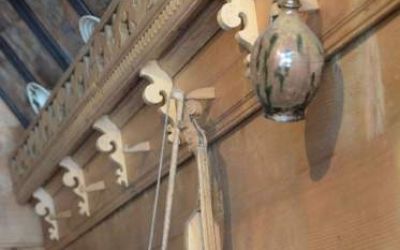
They were made by gouging the body into one piece of sycamore wood (hence the name), on which a spruce rod covering the soundboard was applied. Apparently, the best geese are those made of the tree growing over the humming
course, according to others, quite the opposite of this wood "which could not hear water." The rough and thin tone was due to the selection of strings, which were made of properly dressed sheep intestines, thin wire or horsehair. A specific type of violin, related to Podhale geese in terms of construction, were Pieniny octaves, instruments that appeared at the foot of the Pieniny along with German settlers brought to the Spisz area from the 13th century. The oldest mention of the Pieniny october concerns an instrument from Czorsztyn, which is part of the museum the Drohojowski family collection. In 1889, it was transferred by Stanisław Drohojowski to the Tatra Museum in Zakopane along with a larger collection of ethnographic items. The octaves came out of use at the end of the 19th century, but now it has a Renaissance. Currently, he not only plays them but also builds new instruments, the esteemed luthier from Krościenko - Stanisław Czepiel. Złóbcoki are hard to see, they are a rare instrument. You can see her at folklore events in the region.















